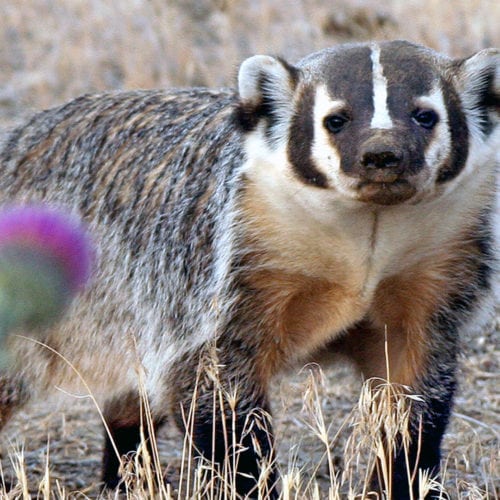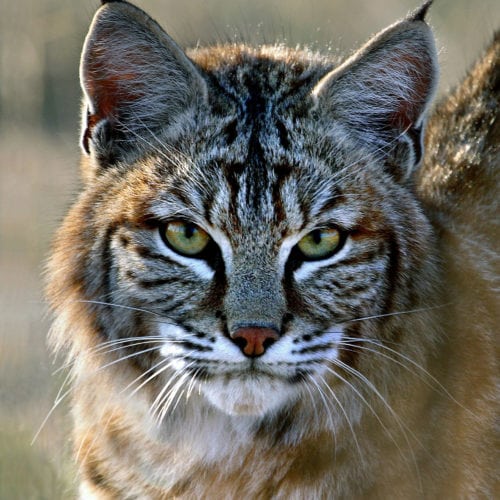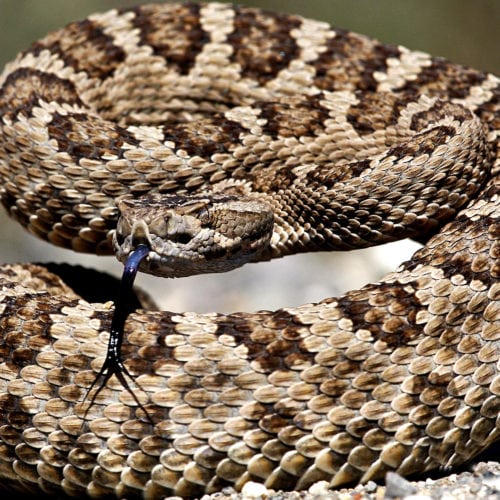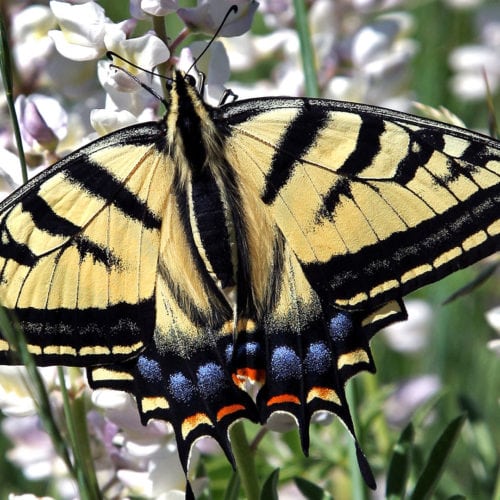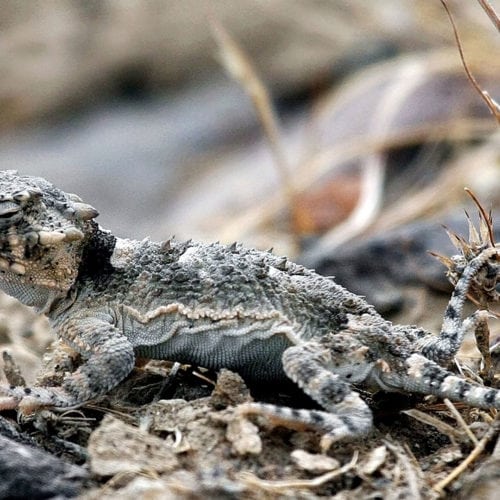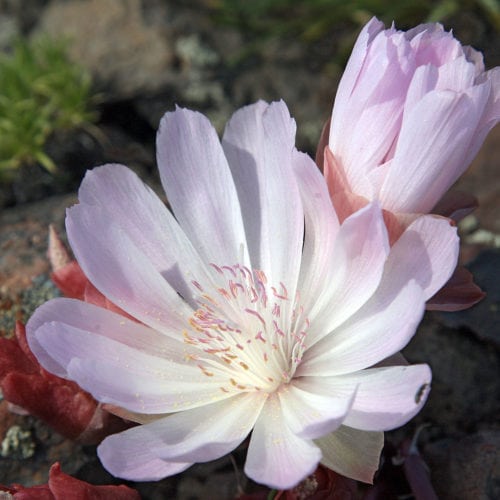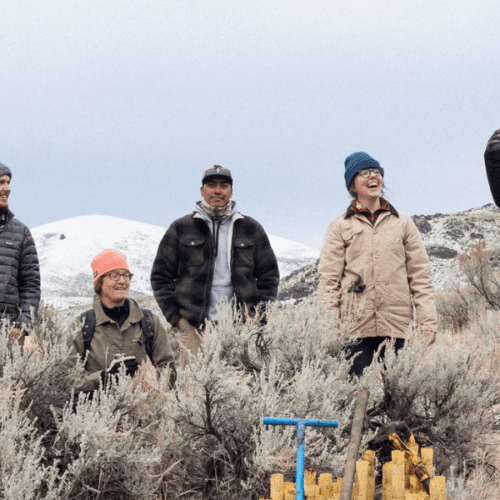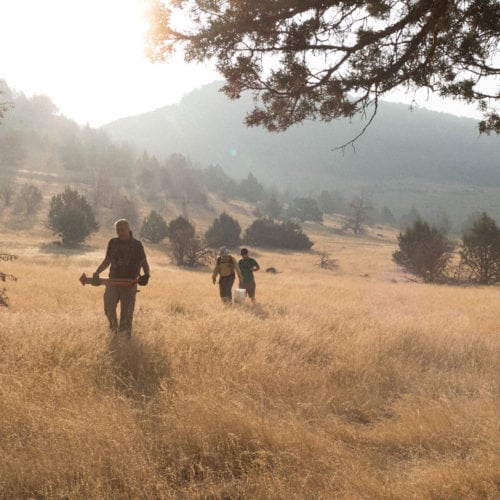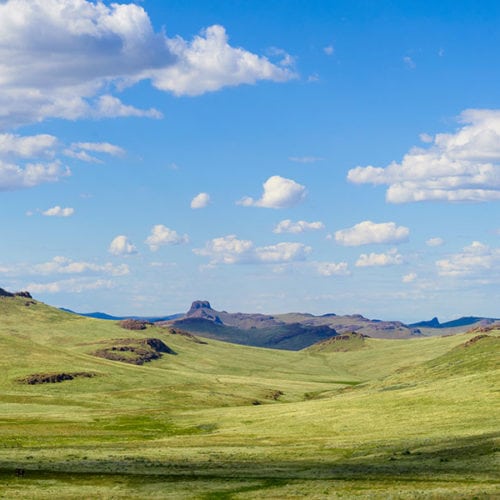Badger
Badgers are generally nocturnal, but, in remote areas with no human encroachment, they are routinely observed foraging during the day. They prefer open areas with grasslands, which can include parklands, […]
Read MoreBobcat
Found only in North America, where it is the most common wildcat, the bobcat takes its common name from its stubby, or “bobbed,” tail. The cats range in length from […]
Read MoreWestern Rattlesnake
Also known as the Great Basin Rattlesnake, these pit vipers have buff-tan coloring and small, oval blotches to blend into their arid surroundings. Small heat-sensing indentations on each side of […]
Read MoreSwallowtail
The Oregon Swallowtail butterfly is the official state insect of Oregon and a true native of the Pacific Northwest. The Swallowtail can be seen in the lower sagebrush canyons of […]
Read MoreYoung Desert Horned Lizard
In the summer these lizards begin foraging for food as soon as their body temperature rises as the heat of the day increases. They feed on slow-moving, ground-dwelling insects. In […]
Read MoreBitteroot
Bitteroot blooms on north-facing cliffs in western North America. The Paiute name for bitteroot is kangedya. Traditional Native American uses of the plant included eating the roots, mixed with berries and […]
Read MoreWhat defines Oregon’s high desert?
Bounded by the Cascade Mountains to the west and the Blue Mountains to the north, Oregon’s high desert covers approximately 24,000 square miles. Annual rainfall in the high desert varies […]
Read MoreConnecting Trails
The Oregon Desert Trail ties into two National Recreation Trails: the Fremont National Recreation Trail and Desert Trail.
Read MoreFar from Big Macs
There is a point in the Owyhee region, in northwestern Nevada, that is, at 115 miles away, as far away as you can get from a McDonalds in the U.S. […]
Read More